|
|
Distillery Location:
577 Pakala St, Honolulu, HI 96825 Tasting Room and Distillery Open Wednesday - Sunday 10:00am to 5:00pm Hawaii Distributor: Paradise Beverages
@IslandDistillers
|
About the Brand
-
Founding Story
-
The Team
<
>
Dave Flintstone of Island Distillers is a blender at heart and has approached Hapa Vodkas that way as well. A former scuba instructor for seven years in the Caribbean, Dave spent most of his time on the island of Espanola where he learned the skillful art of blending upon discovering sugarcane spirits that included lots of rums. After a few years of going between the island’s countries of Haiti and the Dominican Republic, he began taking on internships at different distilleries and production facilities learning how to make sugarcane spirits of rum, clarin, and vodka, as well as learning how to blend them.
“Maui has a habit of over-regulation and bureaucracy. I spent a year getting the run-around and was either given the wrong answers or no answers on what I needed to do in order to have the building or the space I wanted to qualify for a distillery. The attitude I was mostly met with was: “Go lease a building first, and then we’ll tell you what you might need!” I ended up making a call over here on Oahu, and found out it was a completely different situation, even though it’s under the same state laws. A week later, I was over here [Oahu] building out my first distillery space, and we opened a month later. That was ten years ago. “
Dave Flintstone
StillIsland Distillers uses a custom, micro, continuous distillation still that instantly vaporizes the mash, instead of boiling the mash like in a pot still. This automatically separates heads and tails; however, not a lot of heads are produced due to this particular methodology. Flintstone helped design this custom still with a Russian petroleum engineer who worked on fuel refineries and vodka in his spare time. However, the still was refined for the American pallet as Russians like vodka with a lot of bite.
|
Vodka Approach & Inspiration
-
Why Vodka
-
Hapa Name Origin
-
How Flavors were Chosen
<
>
“I picked vodka for a couple reasons. First, I really like vodka! It’s always been my spirit of choice. Also, a benefit of vodka from a production standpoint is that it’s un-aged by definition, so you can virtually release a product almost immediately after making it. Vodka is the most unique spirit for several reasons: One, it can be made from any commodity. Two, with vodka, the trick is getting it not to taste bad. In distillation and with a pure fermentation, you're not trying to add flavors in as much as you’re trying to remove the other flavors. My mindset at the time was that it seemed easier trying to get something to taste good that way. However, in practice, it’s not easier at all. It’s a pure distillation, so it’s actually much more difficult.”
“Hapa, in Native Hawaiian, means “part” or “mixed.” I decided to take advantage of hundreds of years of sugarcane history in Hawaii and my knowledge of blending, which is quite unique here as no one else does it. I take my freshly made, Hawaiian vodka and then blend it with a Brazilian sugarcane spirit that I import, merging the two, and in turn, creating something better. Blending is better! That’s why all the best rums in the Caribbean are blended rums and have been since the 1600s.”
“I just chose ones that I actually liked. I also included ones that weren’t really common; but more importantly, bore flavors that were associated with Hawaii. I started with the hibiscus and Hawai’i chili pepper before finally landing on the coconut flavor.”
Vodka Production
-
Ingredients
-
Production Process
<
>
Sugar
The sweetener for the flavored vodkas and the supplement to the “backyard” sugarcane comes from Louisiana.
The sweetener for the flavored vodkas and the supplement to the “backyard” sugarcane comes from Louisiana.
Vodka
To make the base spirit, sugarcane grown on the property is fermented and run through a custom, micro, continuous distillation still. This instantly vaporizes the mash and automatically separates heads and tails. With this distillation technique, minimal heads and tails are produced, thus producing higher yields of the end product. Flintstone then blends a Brazilian spirit to proof with water, lets it rest, then blends it again with his local vodka distillate.
“I have a very small production method, so my spirit is going to be a bit different than a larger production method. Bringing the Brazillian sugarcane and my sugarcane distillate together definitely makes all the difference when blending them. The whole is greater than some of the parts, and it creates a nice synergy and a nice harmony.”
To make the base spirit, sugarcane grown on the property is fermented and run through a custom, micro, continuous distillation still. This instantly vaporizes the mash and automatically separates heads and tails. With this distillation technique, minimal heads and tails are produced, thus producing higher yields of the end product. Flintstone then blends a Brazilian spirit to proof with water, lets it rest, then blends it again with his local vodka distillate.
“I have a very small production method, so my spirit is going to be a bit different than a larger production method. Bringing the Brazillian sugarcane and my sugarcane distillate together definitely makes all the difference when blending them. The whole is greater than some of the parts, and it creates a nice synergy and a nice harmony.”
-
Hapa Vodka
-
Hapa Coconut Vodka
-
Hapa Hibiscus Vodka
-
Hapa Hawaiian Chili Pepper Vodka
<
>
|
Coconuts
“The coconuts come from either Thailand or the Philippines, depending on the time of year or weather. Unfortunately, there are no coconut plantations here in Hawaii. And unlike other fruits and some botanicals, you can’t really chuck coconuts into vodka and expect much flavor transfer. You need a more intense flavor in order to infuse the [coconut] flavor and aroma into the product. I developed a distillation method of its own that uses water. It’s the same way they produce other extract products that are highly intense in flavors or aromas like essential oils. I also quickly realized that on my own, I would not be be able to produce this product in the quantity that I needed, even with the small production that I have, because it would take a large amount of coconuts and a tremendous amount of labor. So, I created the extraction I wanted and found someone on the mainland, who had the facilities in place to process the coconuts, to do it for me.” |
|
Hibiscus
“Hawai’i doesn’t have hibiscus farms, so I have to source elsewhere. I don’t mind doing this for my ingredients when it’s necessary because I want the best ingredients for my products no matter where they come from. The hibiscus actually comes from Egypt, and it’s dried hibiscus flower infused directly into the product, which is where the color, aroma and flavor come from.” |
Hawaiian Chili Pepper
“The Hawaii chili peppers are currently sourced from the Big Island on the Puna side. Our source is a gentleman who has hundreds and hundreds of chili pepper plants that I'm able to get pounds of chili peppers from, which has been very convenient.”
“The Hawaii chili peppers are currently sourced from the Big Island on the Puna side. Our source is a gentleman who has hundreds and hundreds of chili pepper plants that I'm able to get pounds of chili peppers from, which has been very convenient.”
Okolehao
“Okolehao has been mass produced for retail since the late 18th century, so it has a reasonably long history. Many producers at the time had also introduced sugarcane in their Okolehau, which provided a smoother spirit. I wanted to focus on recreating what was being drunk during that time as opposed to what was common during the 1700s. I developed mine two years after the releases of my two initial Vodkas: the Straight Premium Vodka, and the Coconut Vodka.”
-
Ingredients
-
Process
<
>
Sourcing of Ingredients
Ti Leaf (Okolehau)
“Almost all the ones we do use have green leaves just because that’s what we’re able to source from the Big Island. However, I haven’t found any particular difference in flavor between the different colored leaves; and, we’re not using the leaves; we’re using the root.”
Ti Leaf (Okolehau)
“Almost all the ones we do use have green leaves just because that’s what we’re able to source from the Big Island. However, I haven’t found any particular difference in flavor between the different colored leaves; and, we’re not using the leaves; we’re using the root.”
The Production process
“All alcohol starts with fermentation, which of course creates the alcohol and distilling, but also concentrates and refines the alcohol. With regard to the fermentation process of my Okelehao, is sugarcane and Ti root. Sugarcane is readily fermentable, and by simply adding the correct yeast, it will ferment and produce alcohol. The Ti root, as a starch, has to be converted to sugars like all other starches, so it has to be chopped, minced, and then made into a slurry; once heated, it will convert into sugars, which after combined with the sugarcane, can then be fermented into alcohol.”
“All alcohol starts with fermentation, which of course creates the alcohol and distilling, but also concentrates and refines the alcohol. With regard to the fermentation process of my Okelehao, is sugarcane and Ti root. Sugarcane is readily fermentable, and by simply adding the correct yeast, it will ferment and produce alcohol. The Ti root, as a starch, has to be converted to sugars like all other starches, so it has to be chopped, minced, and then made into a slurry; once heated, it will convert into sugars, which after combined with the sugarcane, can then be fermented into alcohol.”

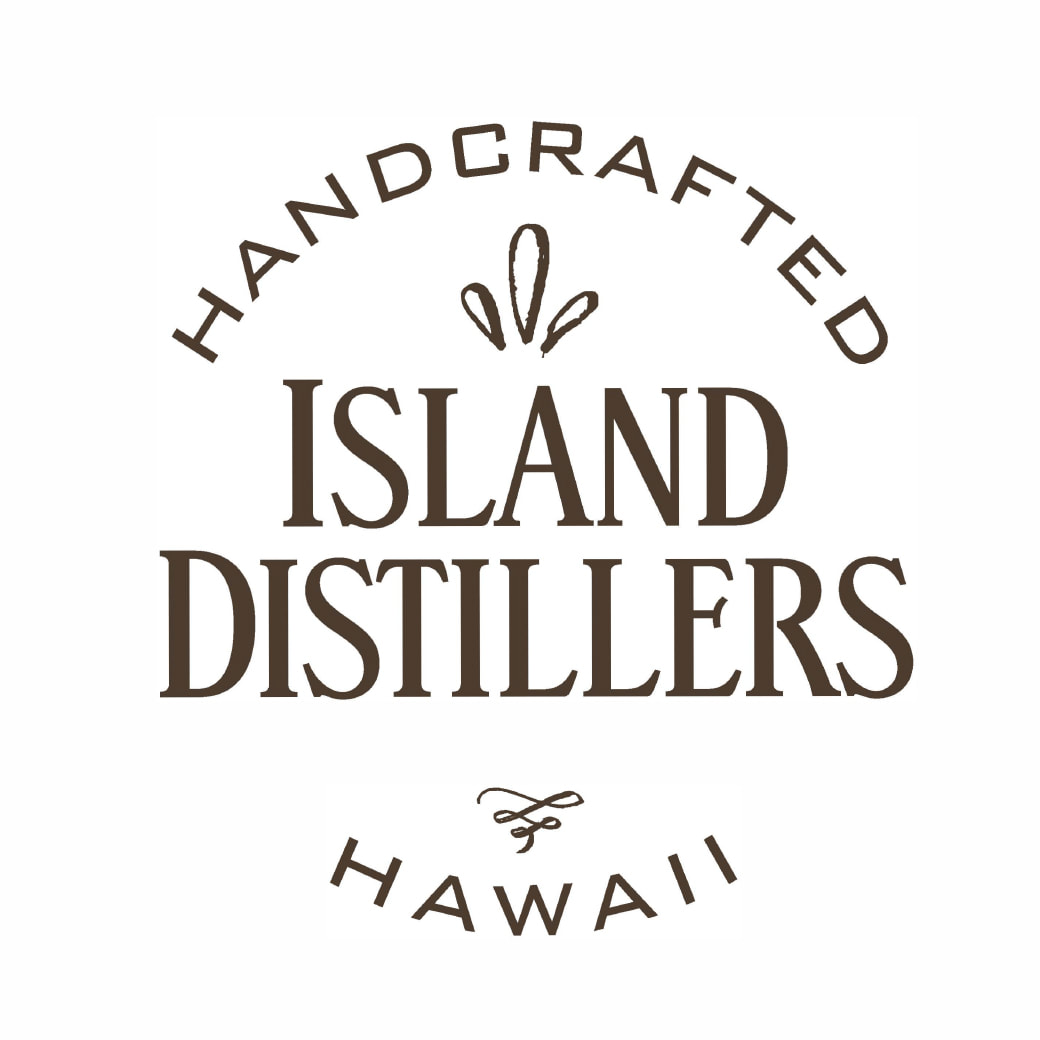
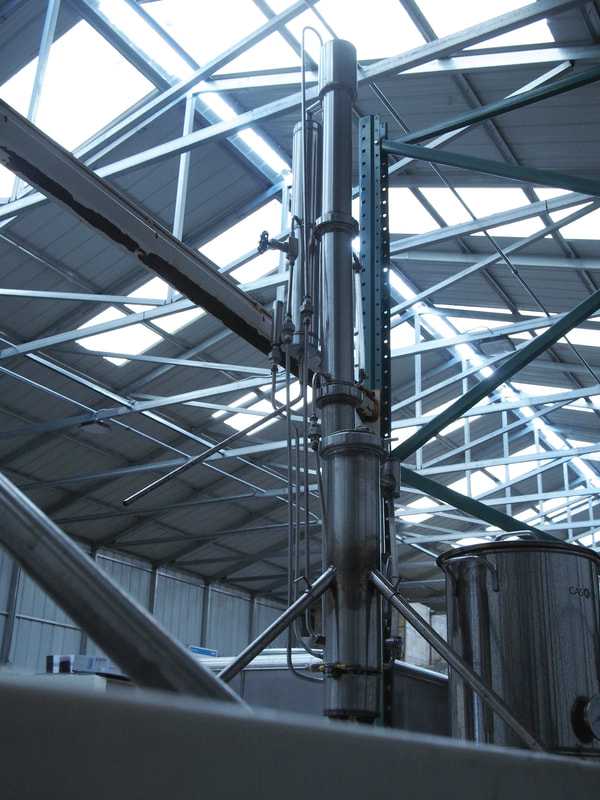
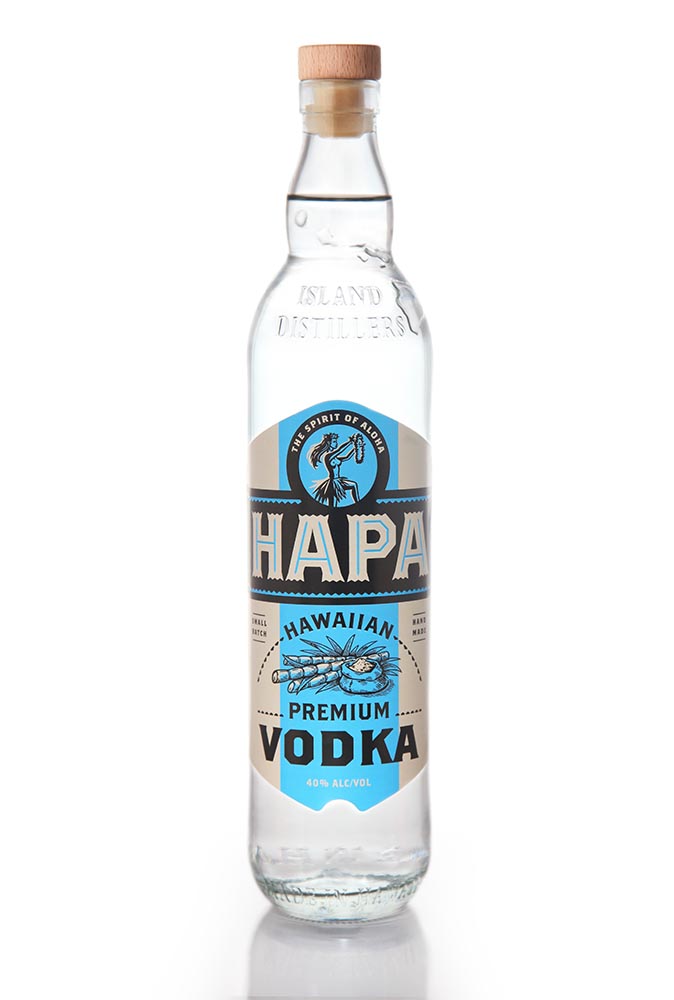
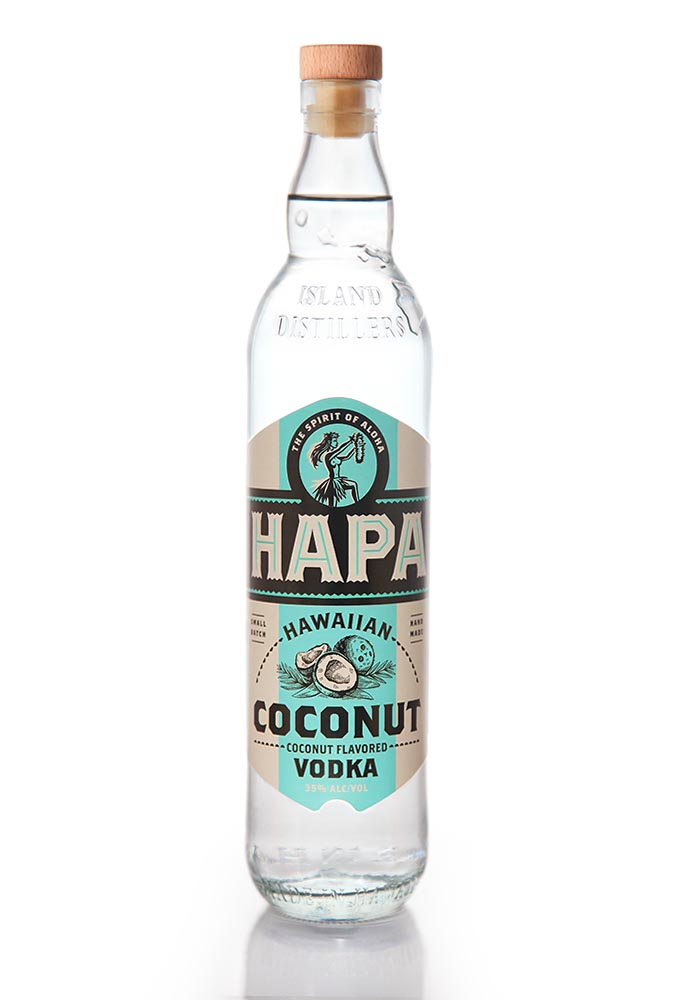
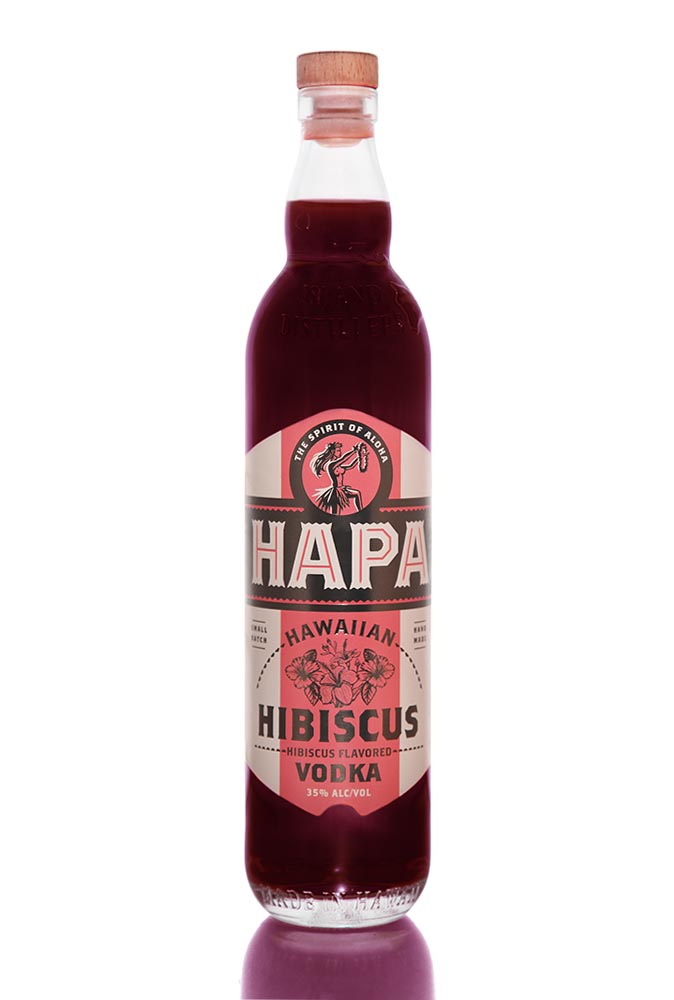
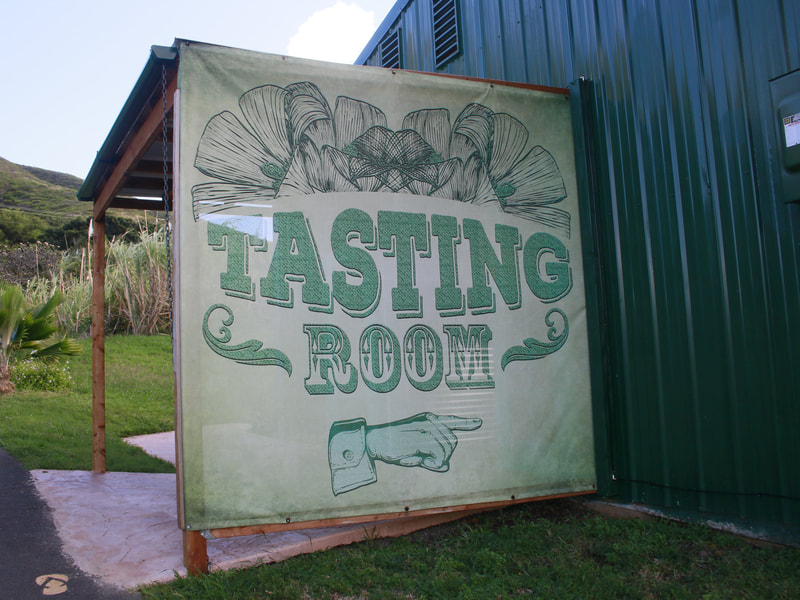
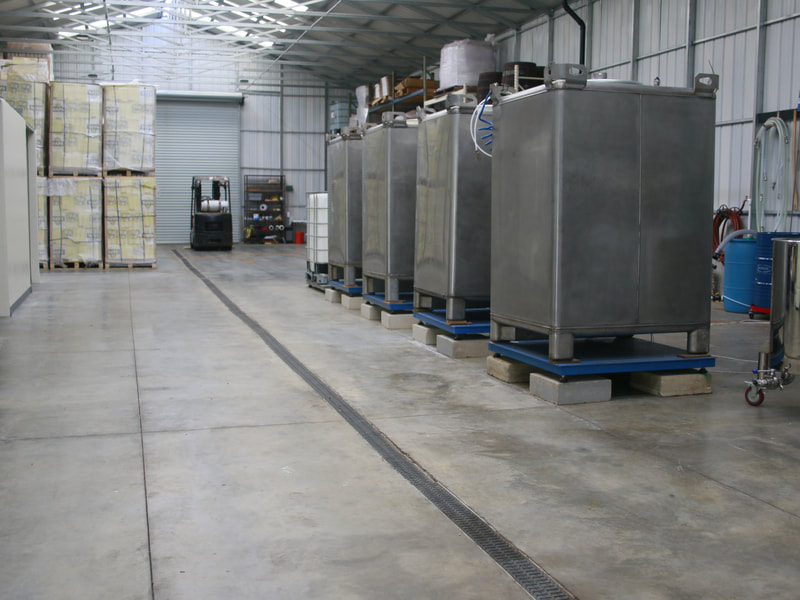
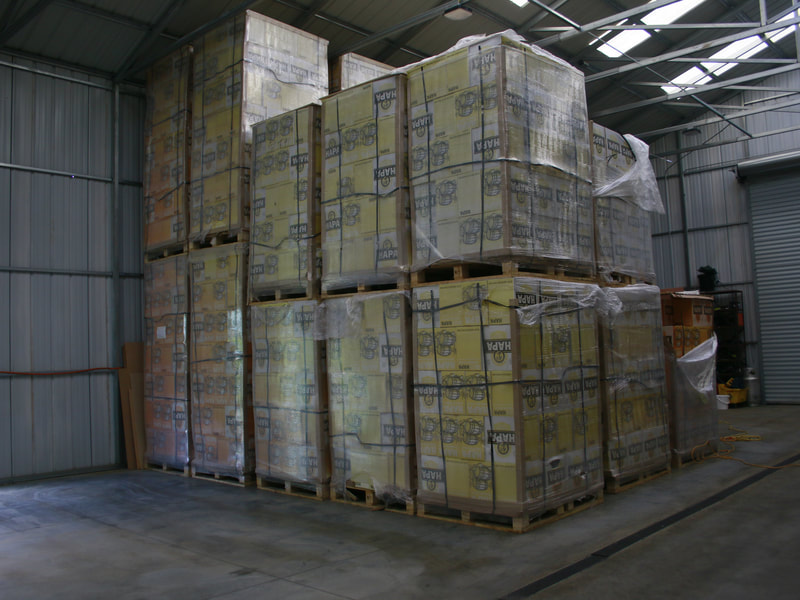

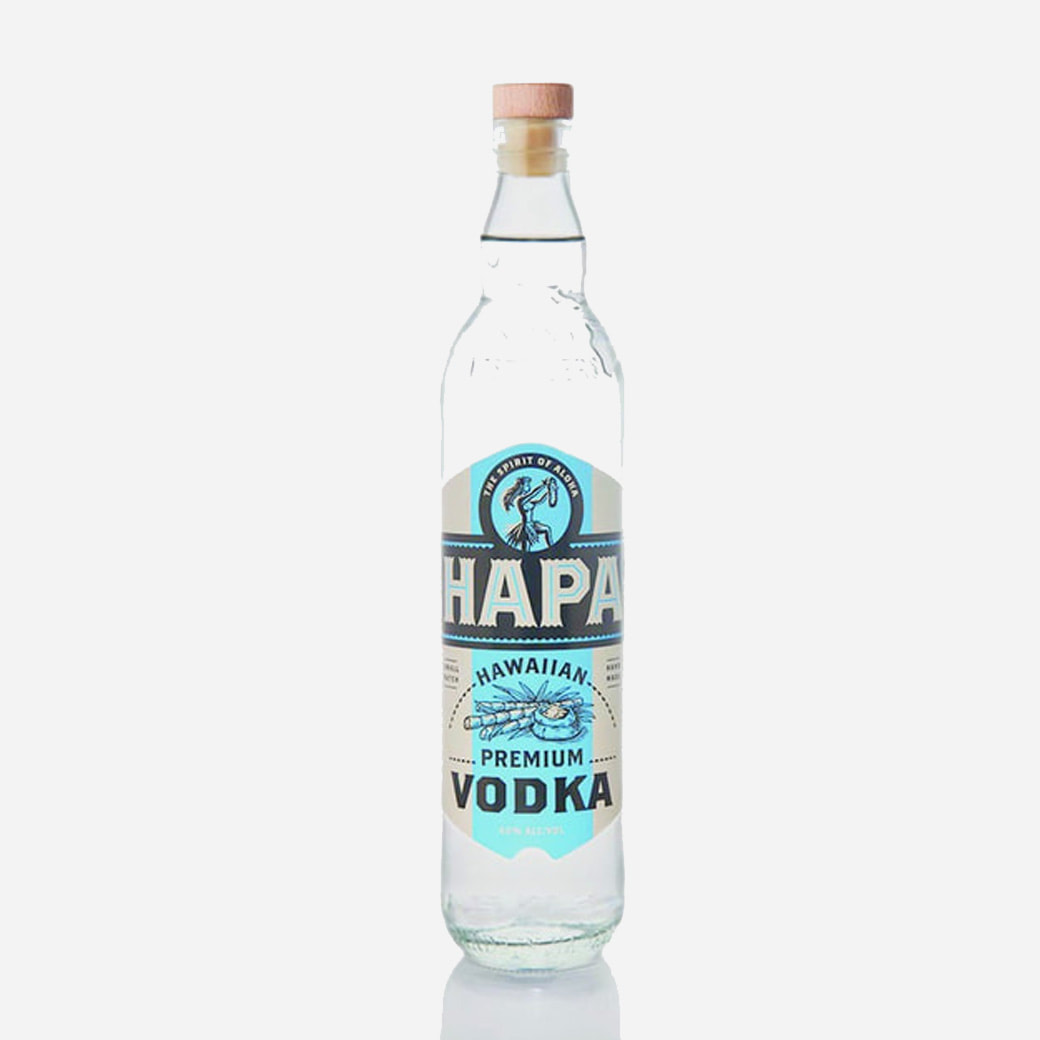
 RSS Feed
RSS Feed